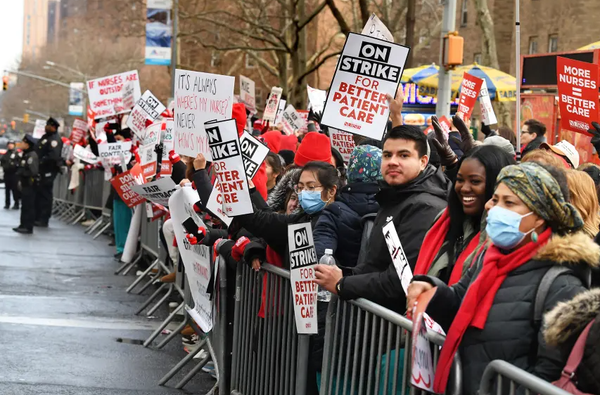How Health Care Spending Varies by Occupation

Health Care Spending by Occupation
According to the Bureau of Labor Statistics (BLS), in May 2024, the median annual wage for healthcare practitioners and technical occupations was $83,090, while healthcare support occupations had a median annual wage of $37,180 . Higher-income professionals, such as managers and specialized workers, tend to spend a larger portion of their earnings on health care, including insurance premiums, prescriptions, and medical services. In contrast, workers in physically demanding jobs, like construction and mechanics, often allocate a smaller percentage of their income to health-related expenses.Bureau of Labor Statistics
This disparity is partly due to the availability and quality of employer-sponsored insurance. Jobs offering comprehensive health benefits and paid leave enable employees to seek necessary medical care without significant financial strain.Conversely, workers in occupations with limited or no health benefits may forgo care due to cost concerns.
Impact on Older Adults and Retirees
Older Americans, particularly retirees, face higher health care costs. Estimates suggest that a 65-year-old individual may need approximately $157,500 in post-tax savings to cover retirement health expenses, with couples requiring around $315,000. These costs underscore the importance of financial planning for health care in retirement.
Strategies for Managing Health Care Costs
To mitigate health care expenses, individuals can consider the following strategies:
- Health Savings Accounts (HSAs): Contributing to an HSA allows individuals to set aside pre-tax funds for medical expenses, reducing out-of-pocket costs for services like copayments and deductibles.
- Long-Term Care Insurance: This insurance covers services not typically included in standard policies, such as assistance with daily activities or care for chronic conditions like Alzheimer's disease.
Challenges for Blue-Collar Workers
Blue-collar workers often face unique challenges regarding health care access and affordability. A study by the Workers Defense Project found that fewer than 43% of Southern construction workers receive employer-provided health insurance, and 78% lack paid sick leave. These factors contribute to delayed or foregone medical care, exacerbating health disparities among this workforce segment.
Small businesses can play a crucial role by offering health coverage that aligns with their budget and employee needs, ensuring access to essential care and affordability for routine treatments.
Health care spending disparities across occupations highlight the need for policies and employer practices that promote equitable access to health services. By understanding these variations and implementing supportive measures, stakeholders can work towards a more inclusive health care system that addresses the needs of all workers.
Explore current job opportunities and resources for health care professionals at GoodWork.





